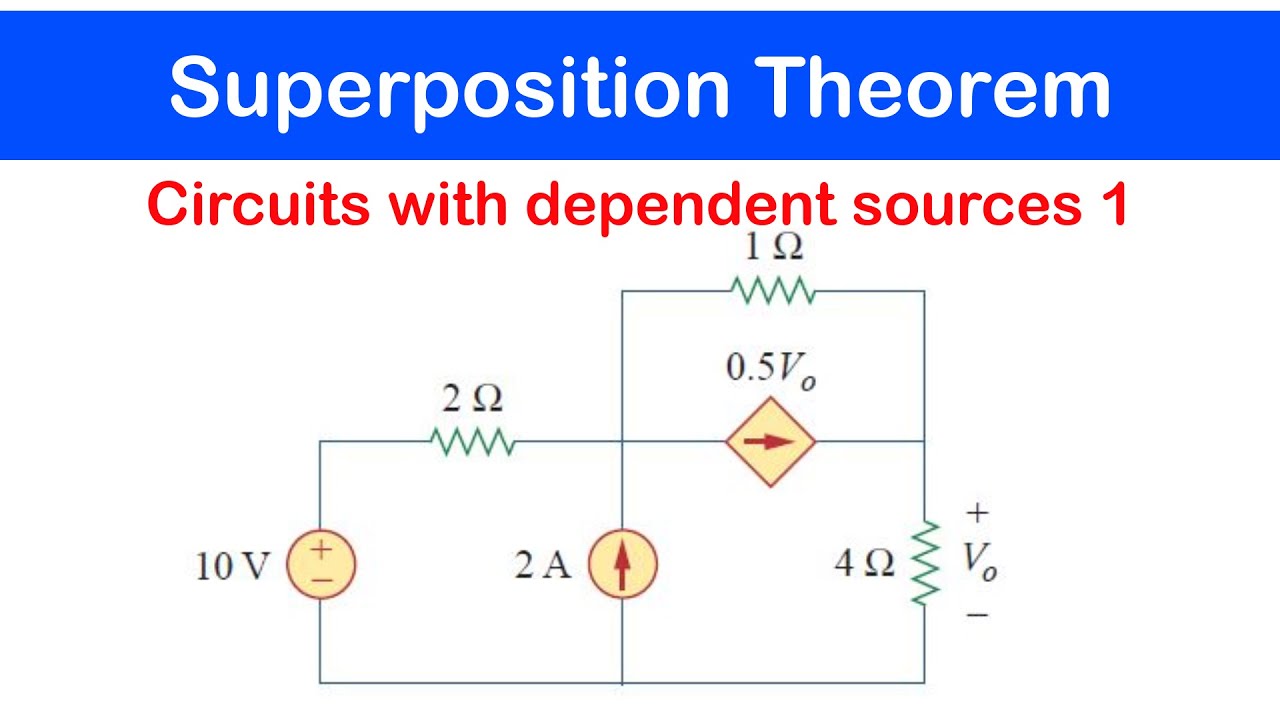Arden’s Theorem
Summary
TLDRThis lecture delves into Arden's Theorem, a fundamental principle in regular expressions. The theorem states that if two regular expressions, P and Q, are defined over an alphabet, and P does not include the empty string, the equation R = Q + RP has a unique solution represented by R = QP*. The lecture provides a clear proof of both the existence and uniqueness of this solution, demonstrating how to substitute and manipulate the expressions to derive the final result. Understanding this theorem enhances the grasp of regular expressions and their applications in computational theory.
Takeaways
- 😀 Ardin's theorem is crucial for understanding the solutions of equations involving regular expressions.
- 📜 The theorem states that if P and Q are two regular expressions over Sigma and P does not contain Epsilon, then the equation R = Q + RP has a unique solution.
- 🔑 The unique solution provided by the theorem is R = QP*, meaning R can be expressed in terms of Q and the closure of P.
- 🧮 The proof of the theorem involves substituting R with QP* into the original equation and showing that it satisfies the equation.
- 🔄 The proof demonstrates that if R is replaced multiple times in the equation, it consistently returns to the same form, confirming its uniqueness.
- ✨ The identity Epsilon + R* = R* is a key concept used in the proof to simplify expressions involving regular expressions.
- 📚 Regular expressions are foundational in computer science, particularly in automata theory and formal languages.
- 🔍 The lecture emphasizes the importance of recognizing specific forms of equations to apply Ardin's theorem effectively.
- 🗣️ This theorem allows for direct substitutions, making it easier to solve complex regular expression equations.
- 💡 Understanding Ardin's theorem enhances problem-solving skills in working with regular expressions and automata.
Q & A
What is Arden's theorem?
-Arden's theorem is a principle in formal language theory that provides a unique solution for certain equations involving regular expressions.
Under what conditions does Arden's theorem apply?
-Arden's theorem applies when you have two regular expressions, P and Q, over a given alphabet Σ, and P does not contain the empty string (ε).
What is the equation defined by Arden's theorem?
-The equation defined by Arden's theorem is R = Q + RP, where R is expressed in terms of Q and P.
What unique solution does Arden's theorem provide?
-Arden's theorem provides the unique solution R = QP*, where P* denotes the Kleene star applied to the regular expression P.
How do you prove that R = QP* is a solution to the equation R = Q + RP?
-To prove this, replace R with QP* in the equation, simplify, and demonstrate that it holds true, leading to the conclusion that R = QP* is indeed a solution.
What steps are involved in proving the uniqueness of the solution?
-To prove uniqueness, substitute R back into the equation multiple times, showing that every substitution leads back to the form R = QP*, thus confirming it as the only solution.
What identity is referenced in the proof involving ε?
-The identity referenced is that ε + R* = R*, where R is a regular expression. This identity helps simplify the terms in the proof.
Why is it important that P does not contain ε?
-It is crucial that P does not contain ε to ensure that the equation R = Q + RP has a unique solution; if P contained ε, the solution could be non-unique or invalid.
What does the notation QP* represent?
-The notation QP* represents the concatenation of the regular expression Q with the Kleene star of P, indicating zero or more repetitions of P following Q.
How does understanding Arden's theorem aid in working with regular expressions?
-Understanding Arden's theorem allows for the simplification of equations involving regular expressions, making it easier to find solutions and analyze patterns in formal languages.
Outlines

Esta sección está disponible solo para usuarios con suscripción. Por favor, mejora tu plan para acceder a esta parte.
Mejorar ahoraMindmap

Esta sección está disponible solo para usuarios con suscripción. Por favor, mejora tu plan para acceder a esta parte.
Mejorar ahoraKeywords

Esta sección está disponible solo para usuarios con suscripción. Por favor, mejora tu plan para acceder a esta parte.
Mejorar ahoraHighlights

Esta sección está disponible solo para usuarios con suscripción. Por favor, mejora tu plan para acceder a esta parte.
Mejorar ahoraTranscripts

Esta sección está disponible solo para usuarios con suscripción. Por favor, mejora tu plan para acceder a esta parte.
Mejorar ahora5.0 / 5 (0 votes)






